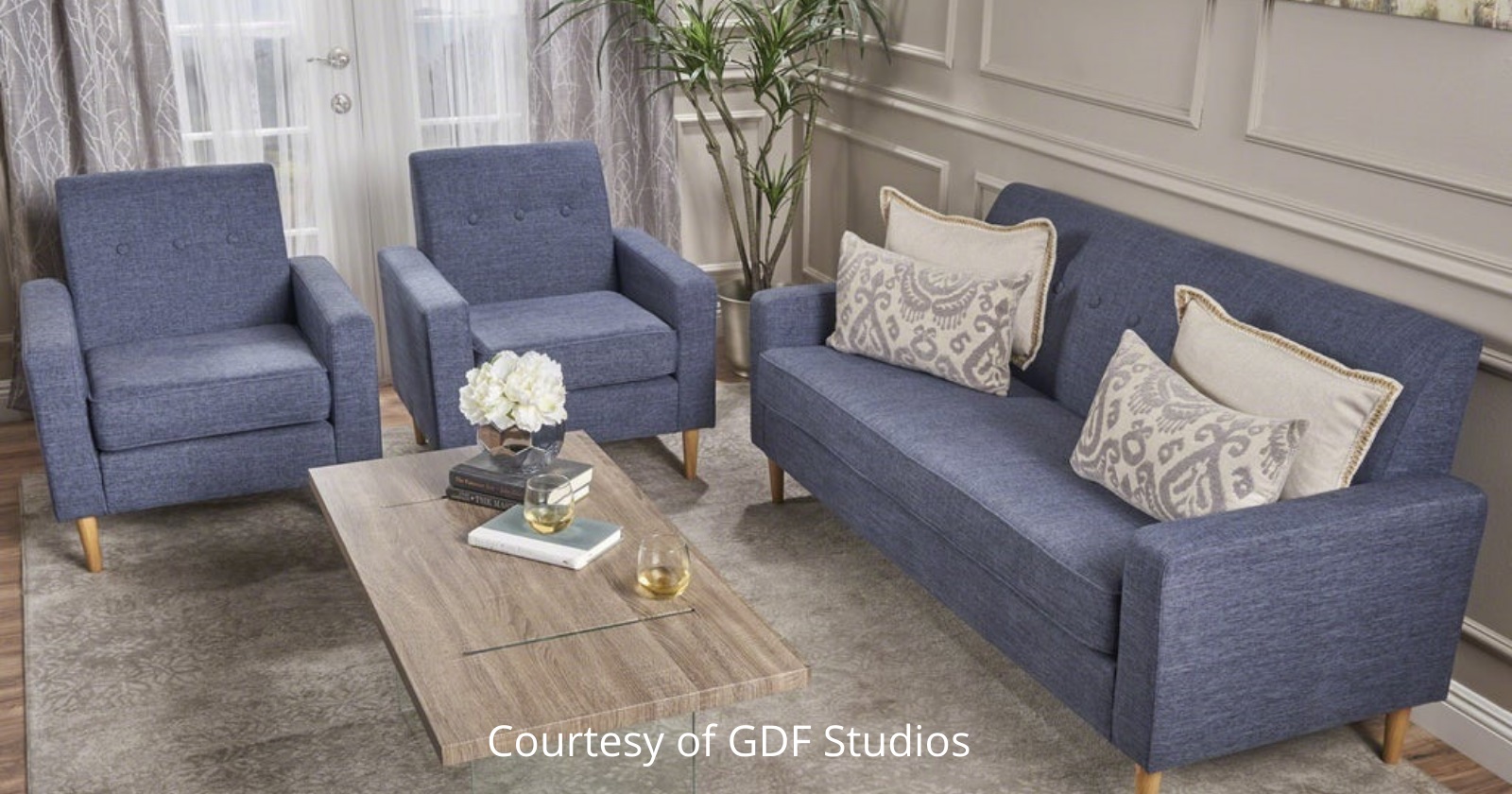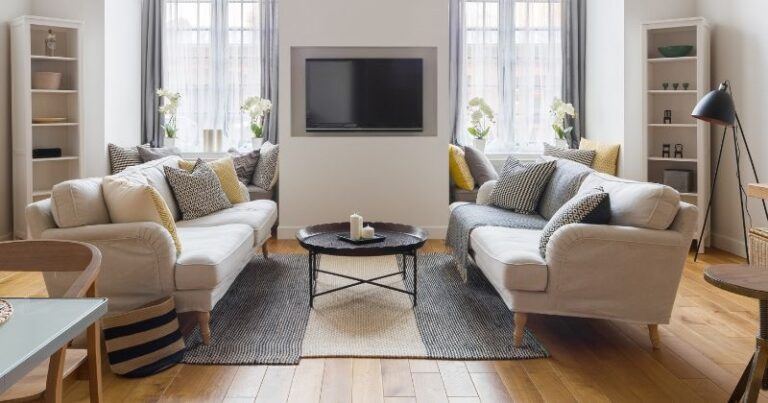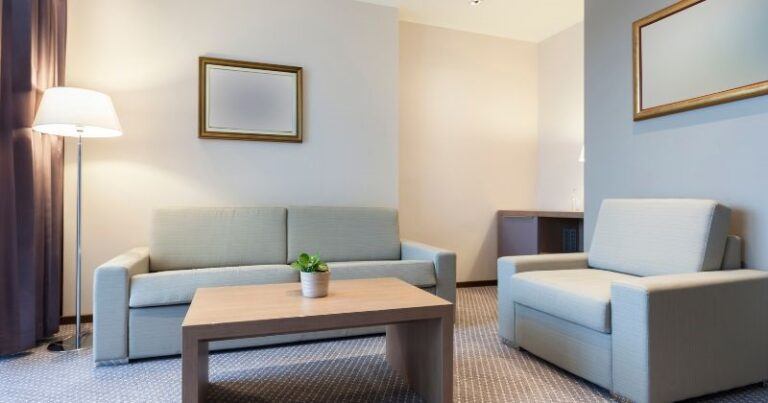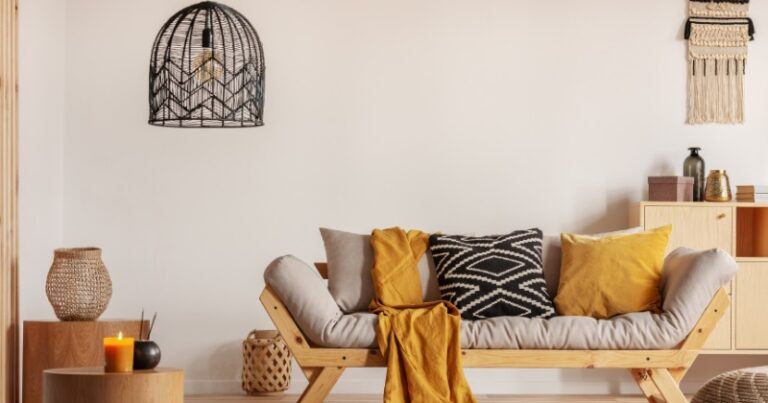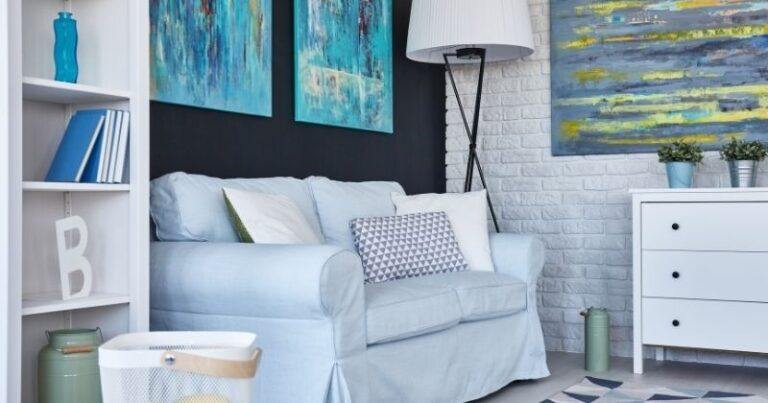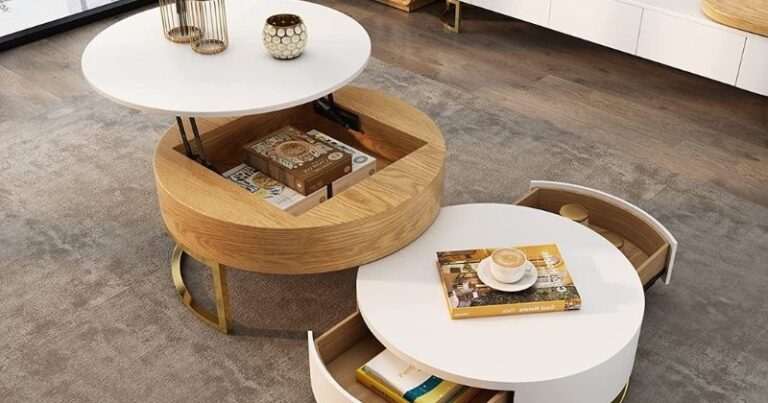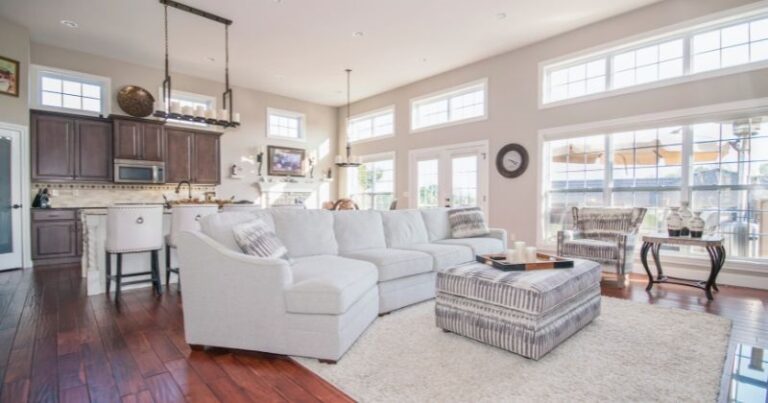If you live in a small space and wonder how you’ll ever fit all of your belongings and still keep your home looking nice, you face a few unique challenges. I’m going to talk about how to arrange furniture in small spaces. You’re not the only one who has to employ a little design wizardry in order to hide the flaws in your home. There’s a problem with every indoor space. What keeps interior designers in business are their ability to make large spaces seem inviting while also making long spaces appear less angular.
It doesn’t have to be a daunting task to arrange furniture in a smaller space; in fact, it can be enjoyable, getting your creative juices flowing on your own, without the help of a pro, can be a challenge if you don’t think outside the box.
At first glance, it’s difficult to appreciate the benefits of having an apartment or house that is smaller than your living room, but small can be beautiful. Greener, more efficient, and cheaper. Here are a few insider tips from the pros on how to make even the tiniest of spaces look spacious. Think again if you consider your studio apartment or loft to be a compromise choice with limited potential. This could be the look of your future home if you change your perspective.
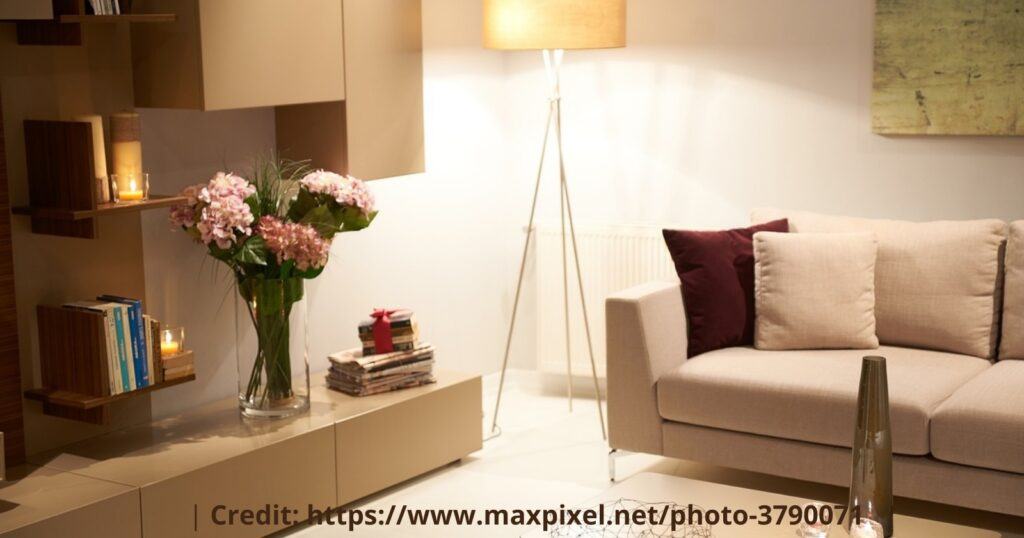
You need to keep in mind that not all living room furniture is compatible with all living rooms, whether you’re downsizing from a large house, using as RV furniture, or making your first ever home in a small loft. It doesn’t matter if it’s an upholstered chair if it doesn’t work in your room.
Scaled down furnishings, either in their overall dimensions or their pared-down, minimalist styling, are ideal for small rooms. The furniture you originally selected for a much larger home may necessarily require some new agreement in order to fit in your smaller home.
Let’s take a look at some common furnishings and see what works best in a small living room:
Furnishings:
1)Chairs
Padded chairs with wide arms and lots of stuffing can look like hibernating grizzly in a small room. In other words, they give the impression of being round and swollen all at once. Get rid of the extra padding and stuffed cushions, as well as any prints or plaids that are too large. Make sure you choose chairs with high legs, straight backs, and little padding. Accent chairs without arms are equally as stylish.
2)Couches
It’s always nice to find a place to stretch out and take a quick nap, but some small living rooms may be too shallow for a full-sized couch or sofa. Even in a room with plenty of room, a long sofa can feel confining. You may be limited to a single location for it.
A long couch can be difficult to get around corners and down long hallways if you live in an apartment or condo. Instead of a couch, you could use one or two loveseats. To maximize flexibility, love seats can be positioned side-by-side, across from one another, at right angles to one another or even stacked on top of one another.
3)Tables
Wooden tables add a lot of style and function to a room, but in a small space they can look large and clunky. Instead of dark wood or heavy metal tables, go with light wood, glass, or metal ones to keep the room feeling airy and open. You can also invest in an ottoman instead of a table. Decorative wooden or glass trays can transform ottomans into tables. They can also be used to store extra bedding in a discreet manner. In addition, to that, you can put your feet up on them.
4)Lamps
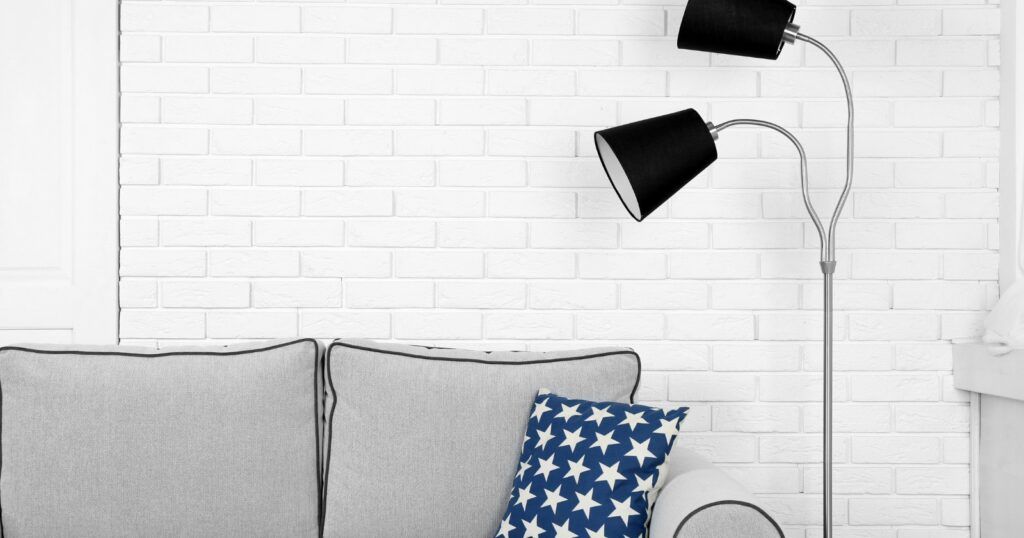
Lamps add illumination, but table lamps in particular can make a small room look cluttered. Consider using one or two floor lamps instead of a table lamp. They have a slimmer profile and appear longer, which draws the viewer’s gaze upwards. When displaying a table lamp, keep the rest of your décor to a minimum and focus on the lamp itself.
5) As the Saying Goes, “Small is Beautiful.”
When it comes to small living rooms, there are often big jobs to be done. As the first room visitors see, they serve as a traffic hub for moving through the rest of your home. They must also be places where people can unwind and have fun. On top of all that, the living room may have to serve as both the primary viewing area and a secondary gathering place for family and friends dropping by.
Look at the room before we start rearranging the furniture. Almost every living room has a positive aspect to it. Either the windows offer a beautiful view or the high ceilings give the room a sense of grandeur. In a small room, it’s easy to focus on everything that isn’t ideal rather than highlighting the positive aspects, such as those listed above, that you can make the center of your design efforts.
Here are some tips to get started on turning your tiny space into one that is full of life:
Tips:
6) Sketch Your Plan
When you have a plan for your space on paper, it’s much easier to visualize your ideas. Sketches don’t have to be elaborate, but they can help you visualize how the major pieces of furniture should be positioned and how the rest of the accessories should be positioned. Adding notes, such as suggestions for paint colors or fabrics, is an excellent way to keep your design well-organized.
7) Go with the flow
Even if your home is small, you’ll need to make sure there’s enough room for guests to come and go. The space will be less convenient to use and could even result in a fall if you create a bottleneck around a dining table or a couch. Drawings of the doors and exits should be made before you begin rearranging your RV furniture. Be aware of how people will move through the area, and leave a wide enough path (28 inches or more) to accommodate them.
8) Find Your Light
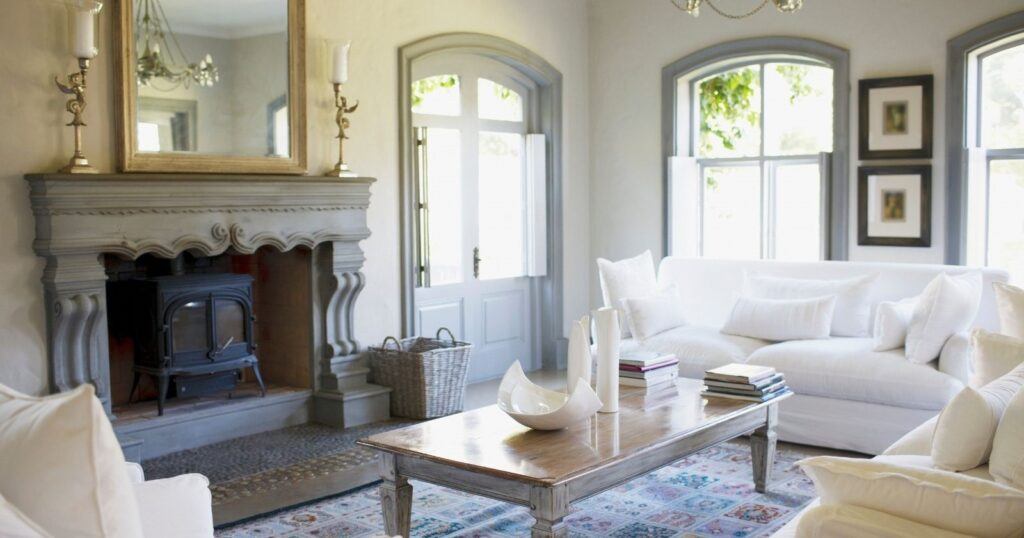
Mirrors, as we all know, can reflect light and thus give the appearance of a larger room. Light can also be used to achieve the same effect. If you have a large couch or headboard, make sure it isn’t blocking any windows.
While not completely blocking the sunlight, this provides a cozy reading nook. It’s easier to feel like you’re in a larger space when there’s more light coming into the room.
This is also a good reason to add some greenery inside with some houseplants. A few tableside, floor lamps, and decorative string lights on the edge of a bookshelf or headboard will help create a cozy atmosphere if there isn’t enough natural light in your room.
9) Include Open, Airy Bookshelves
It’s essential to stay away from bulky, overly large pieces of furniture. Investigate the possibility of acquiring shelving without a boarded-back. This creates the illusion that your books or other items on display are floating in the air. Pieces that can be seen through lighten up the room. Larger bookcases, for example, can be used to separate rooms. Open but not too polarizing in a closed environment.
10) Use Corners to Your Advantage
Small rooms have a lot of under-utilized and misunderstood corners. The fact that they’re out of the way and in most rooms a waste of space makes them ideal for use as a workstation or storage area. It’s possible to use every square inch of the room with the addition of a corner storage unit, station, or decorative shelf.
11) Invest in Larger Pieces
Consider the couch when you’re designing your living room. Using an L-shape couch as an example, an open floor plan can be divided up while still maintaining a sense of continuity. For any other room, the same rule applies: Buy only the essentials first, and then accessorize. It’s easier to figure out how much room you have for additional items if you stick to the essentials and only use what you really need.
12) Take a Chance

Buying unexpected pieces of furniture is the best way to create a unique yet functional small space. Smaller nightstands are an option. As an option for a nightstand, consider purchasing an end table that does not have any drawers. It’s possible to use the open shelves to display decorative items or to add colorful bins to the storage options.
Benches can be used to keep traffic lanes open by providing seating against a wall. As an alternative to nightstands or bathroom storage, even the tiniest bookshelves can be utilized. In addition, to being functional, these options can help to add personality to smaller rooms.
What is the Easiest way to Rearrange Furniture?
There’s no easy way to rearrange furniture. The easiest way is to wait for someone else to do it for you. But if you’re determined to do it yourself, there are a few things you can do to make the process less painful. First, start with a blank slate. Remove all the clutter from the room and clear away anything that’s blocking your path. Then, take a step back and survey the room. Decide which pieces of furniture you want to keep and which ones you want to get rid of.
Once you’ve made your decision, it’s time to start moving furniture around. If possible, enlist the help of a friend or family member to make the process easier. And finally, don’t be afraid to experiment. Try different arrangements until you find one that feels right. With a little patience and effort, you’ll eventually find the perfect arrangement for your space.
Final Thoughts
Your small space can become charming rather than cramped if you put some effort into it and learn from your mistakes. Some people enjoy the challenge of adapting to a new way of life. If you live in a small space, you’ll have to keep your closets organized, which is always a good thing. When it comes to arranging your furniture

